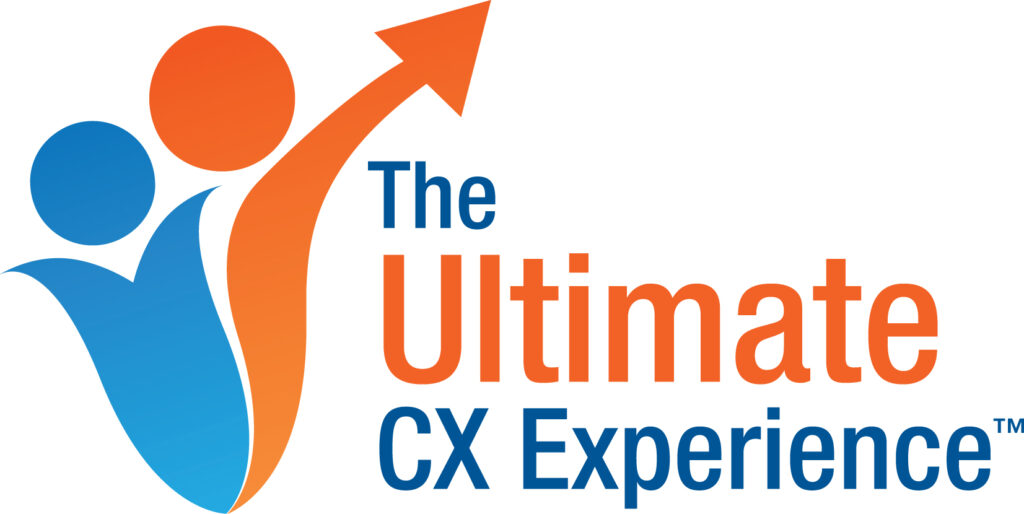
One of the best ways to connect with your customers and patients is to contact them post sale to see that everything is going well with their purchase.
In dentistry we call this the TLC call. TLC is short for Tender Loving Care.
The TLC call is not taught in dental school. Its something not unique to dentistry, but it is something very appropriate in dentistry. It is a great way of showing your patients and customers that you truly care for them and you value their custom.
There are various theories and versions of how and when to conduct your TLC calls.
In The Ultimate Patient Experience, we’ve come to realise and rationalise what we believe to be the best and most efficient methods and reasons for making the TLC call.
I know there are many theories on the efficacy and necessities of the TLC call. In this blog I’ll explain what worked best for me at Active Dental, and what works best for clients of The Ultimate Patient Experience.
Firstly, we don’t call every patient post operatively. Categorically! We only telephone call the following patients the next day after they have received these treatments:
- Dental extractions
- Implant fixture placement
- Crown insertions
- Denture issues
- Pulpal extirpations
- Braces fixed ortho placements
I know that some dental offices make it policy to call every patient who has received an injection. I’m sure there’s a good reason for this theory. I’m not quite sure what that reasoning is. To me it seems like a little bit of overkill.
Secondly, we advocate that the TLC call is made by either the dental assistant that works with the dentist on that appointment, or if she’s not able to then the front office person who checked out the patient.
The reason we disclude the dentist from making the calls is simple. Well, actually, there are two. Firstly, sometimes patients think that the dentist has maybe done something wrong, or made a mistake, if he’s making the call himself. This chance thought seriously interrupts the simple process and efficacy of the well-constructed TLC call.
Secondly, if patients do indeed have a concern, they are less likely to tell the dentist (if he makes the TLC call) than they are to tell the dental assistant or the front office person.
You see, in the whole process of the Ultimate Patient Experience, the dentist only “touches” the patient three times in the treatment cycle, whereas front office and back office team members are responsible for something like fourteen or fifteen touches within the cycle. It only goes to reason then that these team members have far more connection with the patient already. It is important for them to use this connection “coin” when re-connecting on the TLC call.
When is the best time of day to make a TLC call? Remembering that the purpose of the TLC call is to determine that the patient is feeling OK and normal following treatment, then the call is meant to be a very brief check in rather than a long conversation.
The best time to make a TLC call is to call the patient at their work while they are at work, preferably in the morning.
“Hi Mr. Jones. It’s Jodie here from Active Dental. Have I caught you at a good time?”
“Dr Moffet’s just asked me to give you a quick call to check that everything is feeling OK after he’s placed that crown for you yesterday?”
“Just checking that the bite feels comfortable?” Etc..
“That’s great, I’ll relay that information back to Dr Moffet. Thank you so much for taking my call. We’ll see you at your next appointment in July”
The call is brief, yet concerned. It’s interested and genuine.
The reason we call the office or workplace is simple. Our patient gets off the phone and says to their work colleague, “You’ll never believe who that was! That was my dentist calling to see how I was feeling after yesterday’s appointment!!”
And the work colleague says:
“Wow! That must be some dentist! My dentist never calls!”
This is why we call at work, never at home. It’s the chance to expose a non-patient nearby to a sample of the great Customer Service we provide at our dental office. There is rarely an audience like this listening in at home.
Another reason for calling at work, if possible, is that home, especially toward the end of the day, can be very variable or hit and miss with the patient. They may have had a hard day, there may be children to be fed and bathed.
A well-structured TLC call policy is essential in your Customer Service armamentarium. How good is your system?
*************

Dr. David Moffet BDS FPFA CSP is a certified CX Experience coach. David works with his wife Jayne Bandy to help SME businesses improve their Customer Service Systems to create memorable World Class experiences for their valued clients and customers. Click here to find out how David and Jayne can help your business
